What is it?
What you’re looking at is Mahindra and SsangYong’s first jointly developed vehicle. The Indian UV maker purchased the Korean firm nearly a decade ago but has only brought the SsangYong Rexton to India, and then late last year rebadged the new-generation Rexton as the Mahindra Alturas G4. The only change was to the grille – done to carry the Mahindra vertical slotted design – while the rest of the car was all SsangYong.

With the XUV300, however, the approach was significantly different. It isn't just a minor grille and bumper facelift, instead what Mahindra has done is retained the hard points of the Tivoli’s X100 platform but re-skinned the car entirely. So the grille, bumpers, bonnet, fenders, doors, hatch and the roof are all different from the SsangYong.
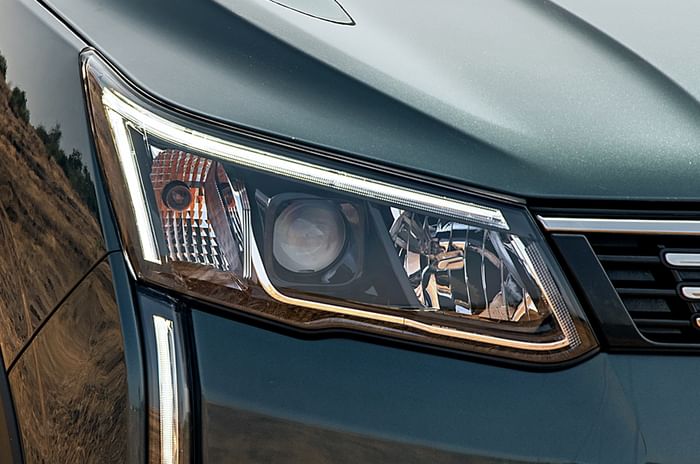
These extensive re-engineering efforts reflect Mahindra’s desire to crack the sub-four-metre SUV segment. The TUV300 and NuvoSport are technically both sub-four-metre vehicles, but their ladder-frame constructions aren’t suited to the more urban and refined demands of the segment. So can the monocoque-based XUV300 be a better fit? We find out.
What’s it like on the outside?
The first thing you notice is that the XUV 300 is large. It may be under four metres in length but it’s very wide, something that's further accentuated by the narrow grille and headlights. The headlight-fog lamp cluster is where Mahindra has linked the 300 to the XUV500. The outer edges of the headlights flow down into the fog lights; a design inspired by the tear lines on a cheetah's face. The bumper's lower intake is pretty large and it gives the car the SUV look. Overall, the front is nicely done but my only complaint is that the chrome lashing around the number plate seems overdone and that the front end looks quite truncated.
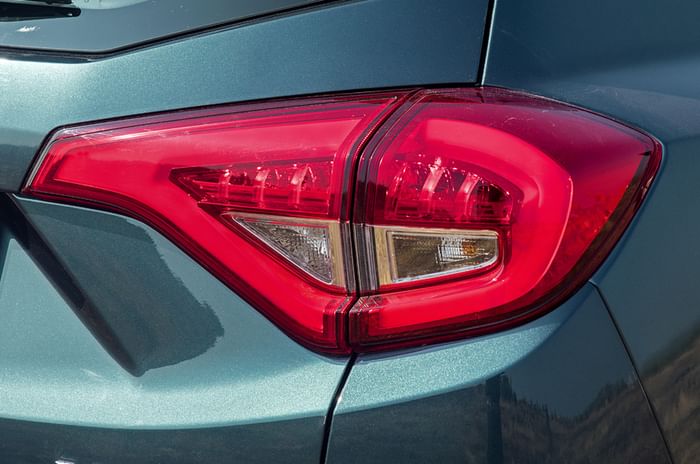
From the side, the wheel arches look quite flared with the rear ones being done more prominently; meant to resemble a cheetah's haunches. The 17-inch alloys are smartly done and look quite aggressive with their sharp cuts and chrome and black finish. Our car came with a contrast roof which looked great and had roof rails that rise at the front and rather uniquely fly off horizontally towards the trailing edge. It’s also from the side that you can see that the rear looks quite sharply cut off due to the length restrictions. However, walk around and you'll see the rear is very stylish with the tail-lights carrying a neat oval signature line. The windscreen here is topped by a spoiler and the bumper features a rather large, stylistic skid plate.
What’s it like inside?
It’s here that the XUV300 is more Tivoli. Instead of redoing the interiors, Mahindra has carried over a lot of bits like the dashboard, steering and switchgear. This works out to be a good thing because the quality of parts is very good, the switches all have a quality feel to their operation, with the only bad thing being the slim, red HVAC buttons on the central instrument panel are too narrow to operate comfortably. The glossy red hue also makes them look more like warning lights rather than buttons. Another sore point is the gear lever and the centre armrest are a bit too tall. In terms of storage, the door pockets are large enough and there are a few cubbyholes, a centre console box, and a glovebox with a wide storage shelf above it. You also get seatback 'pockets' that are actually elastic bands; they look unique but aren't very practical. As for the boot, it’s pretty small and it has a very high loading lip.
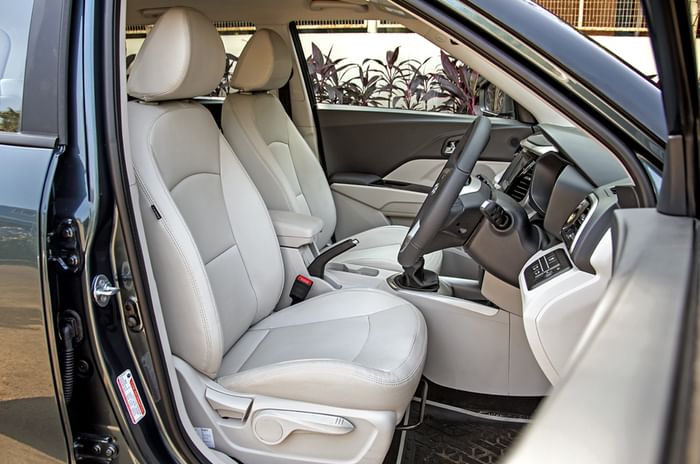
At 1,820mm, the XUV300 is properly wide; in fact, it is wider than the Brezza, EcoSport, Nexon and Creta too. And while the rear seat is set inwards, there’s still enough shoulder room inside, and sitting three isn’t an unwelcome cosy affair. Rear legroom is also decent, and two adults sitting one behind the other shouldn’t find it difficult to get comfortable. The rear seats, however, aren’t very comfy and the lumbar support feels a fair bit excessive.

Equipment is something that Mahindra has been quite generous with. The XUV300 features dual-zone climate control, a tyre pressure monitoring system, front parking sensors, rear camera with dynamic parking line assistance, an auto-dimming rear-view mirror, auto lamps and wipers, a 7.0-inch touchscreen with Android Auto and Apple CarPlay, cruise control, heated outside mirrors, a sunroof and a twin-pod instrument cluster with a 3.5-inch screen that displays info from the trip computer, and also a tyre direction indicator that tells you which side your tyres are pointed at before you set off.
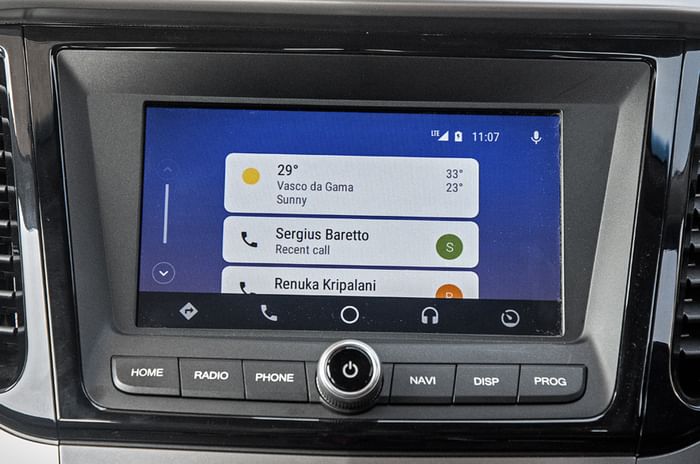
As for safety features, the XUV comes with seven airbags (front, side, curtain and knee), three-point seatbelts and height-adjustable head restraints for all five passengers, Isofix mounts, and ABS, ESP and hill-start assist.

What’s it like to drive?
At launch, the XUV300 will get the option of a 1.2-litre petrol and a 1.5-litre diesel engine, both mated to a 6-speed manual gearbox. The petrol is a turbocharged version of the 1.2 unit from the KUV, while the 1.5 is from the Marazzo. We drove the diesel XUV300 and, like in the Marazzo, the engine impressed us with its refined performance. Vibrations are virtually absent and while the sound levels are on the higher side, the note isn’t coarse or unrefined.
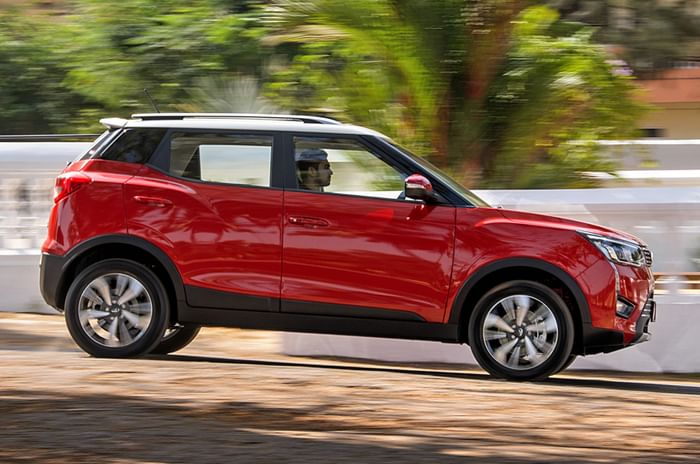
The car feels very energetic, and turbo lag is well-managed thanks to the electrically controlled variable geometry turbocharger, with performance being available from very low down in the rev range. Post 2,000rpm, there’s a further step up, and that stays until about 3,500rpm, after which power simply drops; and while the engine does rev higher still, there’s nothing you’ll gain by doing so. This strong mid-range means in-gear overtaking performance is really good. The gearbox too plays along with smooth shifts but the lever travel is a bit too much.
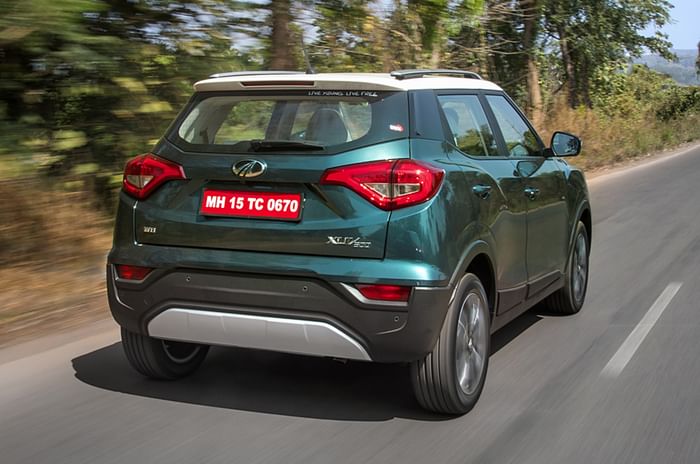
The engine doesn’t have adjustable drive modes, however, a small party trick is the adjustable steering mode, and this isn’t something you see in the segment. The steering doesn’t offer any real feel but the effort is low; you can use Sport mode to weight it up, but there’s still no real feedback.
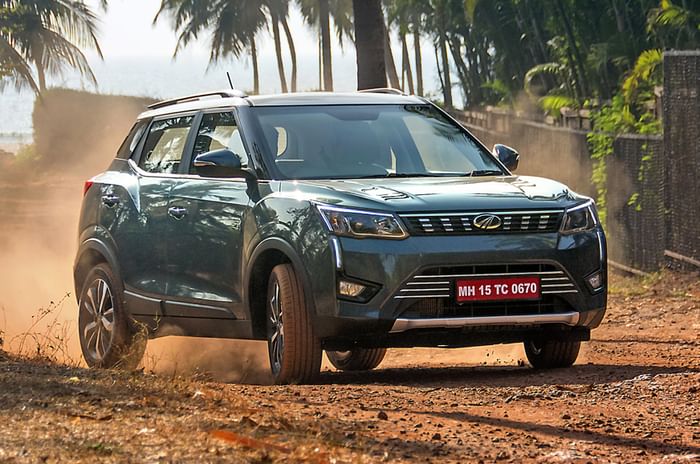
Ride quality is very good. The long travel in the suspension just soaks up bumps and irregularities nicely but it can crash through sharper potholes. Mechanical grip is very good from both the tyres and the suspension, but if you want, you can get the tail out quite easily even with ESC on.
Should I buy one?
While it shares the platform and a number of parts on the inside, the XUV300 is certainly not a re-badged Tivoli, as Mahindra has put a lot of effort into its engineering. The car isn’t perfect – the steering feel – or rather the lack of it – is a fly in the ointment in what is otherwise a brilliant drive experience. The boot is small, and the dashboard buttons are a pain to use. But in every other respect, Mahindra has really done an excellent job. And if you look at the pricing you know they know it too.
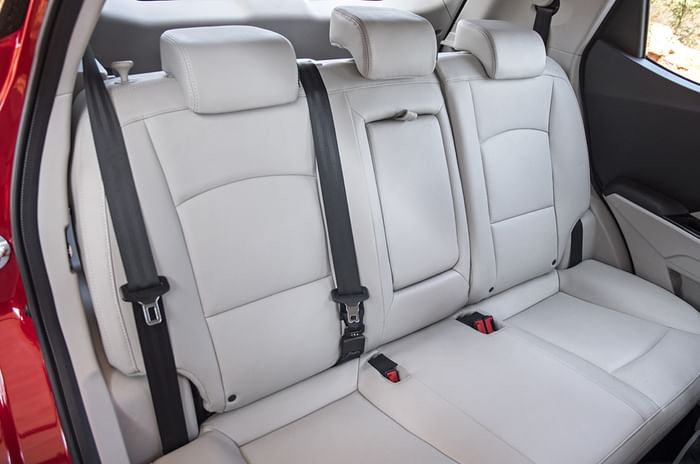
At Rs 7.90 lakh to Rs 11.44 lakh for the petrol and Rs 8.49 lakh to Rs 11.99 lakh for the diesel, The XUV300 does not have what you would call killer pricing. It’s much more than a Brezza (70K over base variants) but it’s stacked very closely against the Ecosport, (7K over base variants). The higher variants do get pricier still, but there are quite a few segment-unique features. In a word then, its pricing is confident, and we’d have to agree with them.
The styling is dynamic, exciting and, thankfully, not overdone. The insides are spacious and loaded with features; quite a few of them are segment-firsts. The ride quality is excellent, the engine is refined, very driveable and has a terrific mid-range, the steering effort is low, the clutch is light and gearshifts are smooth and easy. On the whole, the XUV300 is a very light and easy car to drive.
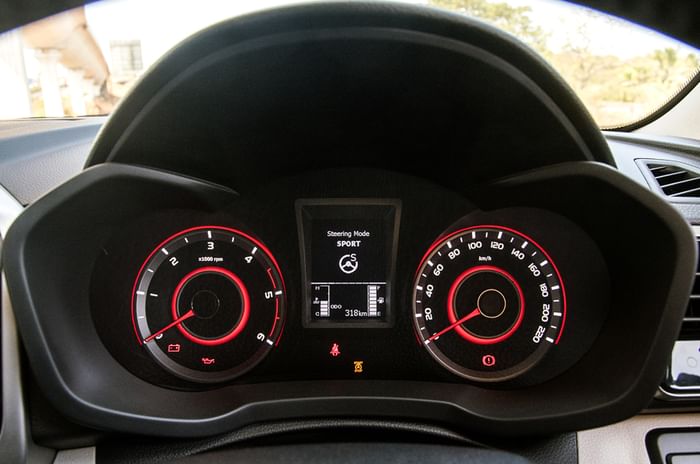
It certainly delivers against the standards of the urban yardstick; it's far better than the TUV and well positioned against the Vitara Brezza and EcoSport, and, in a few areas, the Creta too. With its breadth of talents this should be a winner for Mahindra. In fact, given the segment size, the XUV300 has the potential to be Mahindra’s biggest seller to date.









































